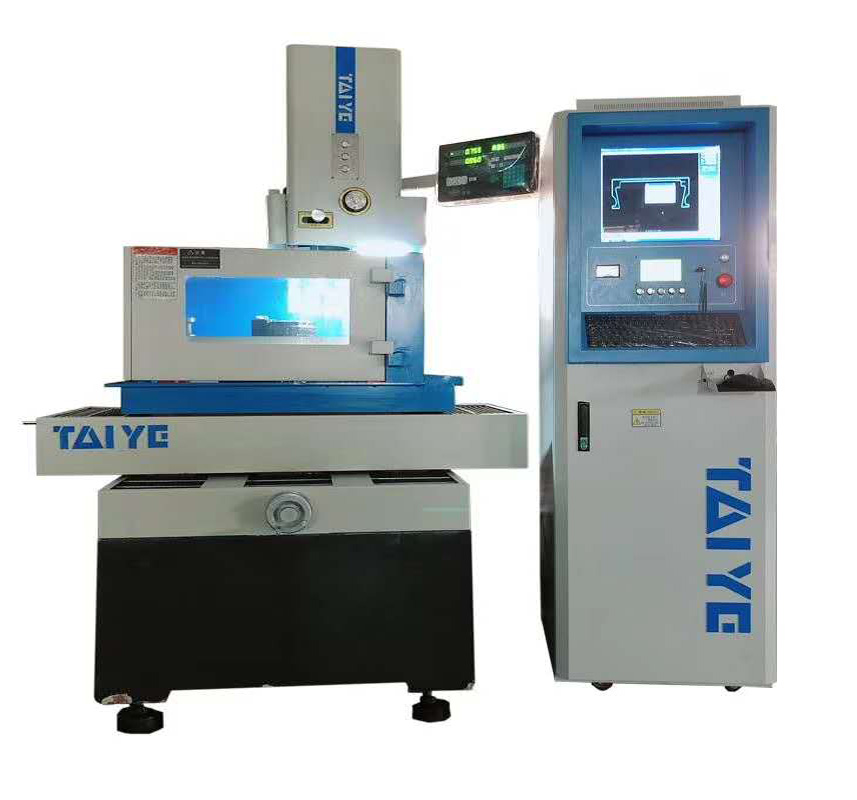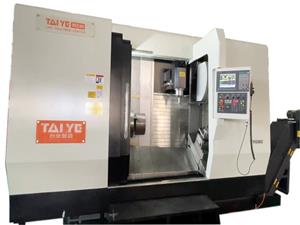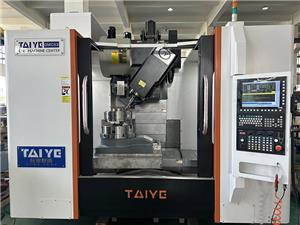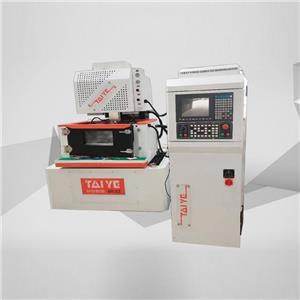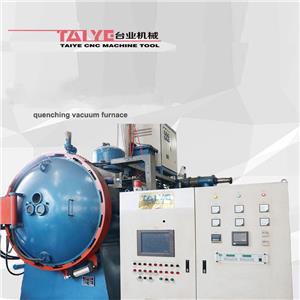What are the differences between a servo motor and a stepper motor?
Servo motor is an engine that controls the operation of mechanical components in servo system. It is an indirect variable speed device of auxiliary motor. Today, we will recognize them from the biggest difference between servo motor and stepper motor. Only with a deep understanding of servo motor and stepper motor, can we better choose the industrial environment suitable for different working conditions.
First, to understand the internal structure of servo motor and stepping motor:
1. Low frequency characteristics are different
Low frequency vibration is easy to occur when stepping motor is low speed. Vibration frequency is related to the load condition and driving performance. It is generally considered that the vibration frequency is half of the starting frequency when the motor is unloaded. This low-frequency vibration phenomenon is determined by the working principle of the stepper motor, which is very unfavorable to the normal operation of the machine. When the stepper motor is running at low speed, damping technology should be used in general, such as adding dampers on the motor, or adding shock absorbers on the drive, so as to overcome the phenomenon of low-frequency vibration.
The AC servo motor runs very smoothly and has no vibration when running at low speed. The system has resonance suppression function, which can solve the problem of insufficient mechanical stiffness. At the same time, the system also has frequency resolution function (FFT), through which the resonance point of the machine can be detected, which is easy to adjust the system.
2. Different overload capacity
Stepper motors generally do not have overload capacity. Ac servo motor with strong overload capacity. As an example, the Panasonic AC servo system has both speed overload and torque overload characteristics. Its maximum torque is three times the rated torque, which can be used to overcome the torque generated by the inertial load at startup. Because stepping motors do not have such overload capacity, in order to overcome this moment of inertia in the selection, it is often necessary to choose a large torque motor, and in normal operation, the motor does not need such a large torque, there will be a waste of torque phenomenon.
3. Different speed response performance
It takes 200 to 400 milliseconds for a stepper motor to accelerate from rest to operating speed (usually several hundred revolutions per minute). Panasonic MSMA 400 W AC servo motor for example, ac servo system from static acceleration to 3000 RPM rated speed in just a few milliseconds, can be used in control situations requiring fast start and stop.
4. Different running performance
The stepper motor is controlled by open-loop control. If the starting frequency is too high or the load is too high, it is easy to lose step or block rotation. If the speed is too high when stopping, it is easy to overshoot. In the AC servo drive system, closed-loop control is adopted, which can directly collect the feedback signal of the motor encoder, and form the position ring and speed ring inside. Generally, there will be no step loss or overshoot of the stepper motor, and the control performance is more reliable.
5, different control precision
Step angles of two-phase hybrid stepping motors are generally 3.6° and 1.8°; The step angles of five-phase hybrid stepping motors are generally 0.72° and 0.36°. There are also some high-performance stepper motors with smaller step angles. The step Angle can be set to 1.8°, 0.9°, 0.72°, 0.36°, 0.18°, 0.09°, 0.072°, 0.036° and 0.036°, and compatible with the step Angle produced by Sitong Company.
The rotary encoder at the back of motor shaft ensures the control precision of AC servo motor. In the case of panasonic full digital AC servo motors, due to the use of quadruple frequency technology inside the drive, the pulse equivalent of the motor with 2500 line standard encoder is 360°/10000=0.036°. For a motor with a 17-bit encoder, each driver receives 217=131072 pulse motor rotations, that is, its pulse equivalent is 360°/131072=9.89 seconds. That is, 1/655 step Angle of 1.8° stepper motor pulse equivalent.
Through the above analysis, we find that ac servo system is superior to stepper motor in many aspects. However, stepper motor is often used as an executive motor in some situations with low requirements. Therefore, in the design of industrial control system, the control requirements, cost and other factors should be considered comprehensively to select the appropriate servo control system.
Taiye machine provide a full set of professional extrusion die equipment and extrusion dies, We have an aluminum extrusion die factory and a professional extrusion die equipment company in China. Our machine tools product include machining center, CNC lathe, wire cut EDM machine, EDM machine, Vacuum Furnace, etc.
